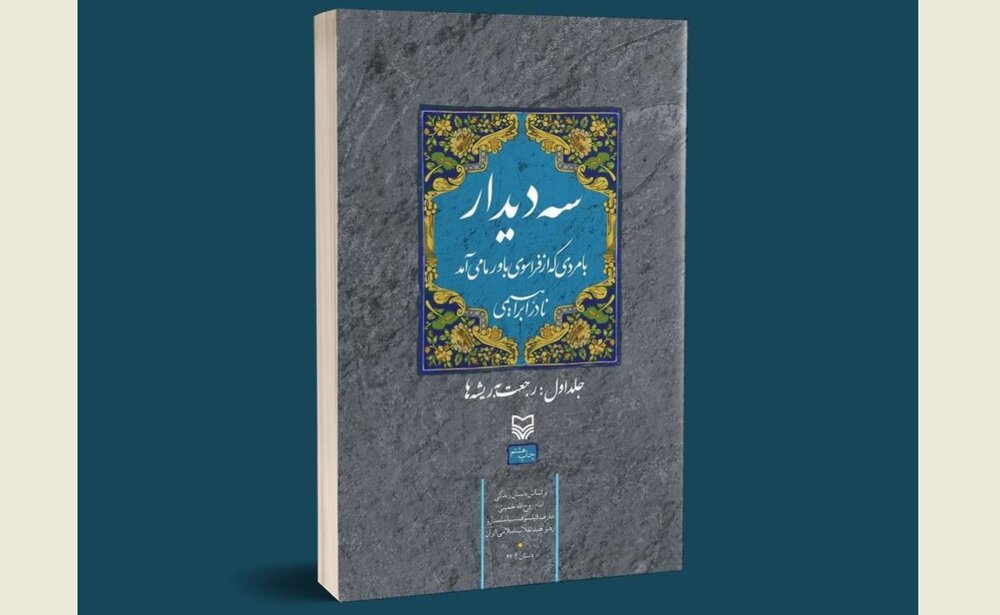About Ruhollah...

We've all heard of Imam Khomeini, but how many of us know who he truly is? Our parents surely know more about him and can speak about the Iranian people's love for a man who surpassed their beliefs, but what about us? Today's generations have only heard Ruhollah's name. They've probably seen his picture on the front page of their textbooks, read a sentence below his picture, and then moved on without thinking about it.
About 15 years before the revolution, a writer named Nader Ebrahimi appeared and said he was fascinated by a worrier cleric who wanted to awaken the oppressed. Ebrahimi began collecting documents to track everything related to this man. Finally, in 1996, he decided to begin writing a book that would reveal unseen aspects of that cleric.
Nader Ebrahimi, who cared deeply about his country, used his work to preserve its culture, and in the shape of fiction, he published parts of history. He made films to show his country, as well as programs for children, traveled extensively, collected notes, created movies, illustrated, wrote stories, translated, and learned calligraphy and painting, all with a strength that seemed limitless.
"Three Visits with a Man Who Came Beyond Our Beliefs," written by Ebrahimi, is a three-book series in which he analyzes various aspects of Imam Khomeini's personality. He describes Imam Khomeini's childhood in the first book, "Return to the Roots." At the age of 13, Ruhollah, whom Nader refers to as Ruhi, decides to defend the oppressed in a difficult position and begins a journey that continues to inspire nations around the world and is far from over.
In the second book, titled "in the middle of the battlefield," we will read about his teenage years and his battles with the Pahlavi regime. The third book's title is "Moving to the Peak," but the odd thing about the last book is that it has never been published! The book's ending is lost, and no one seems to know about it.
Nader Ebrahimi was a writer and a poet. Simply reading one of his books will take you to a magical world. Another key aspect of his writings is his descriptions; for example, in order to create an image of Ruhollah in the audience's mind, he only mentions one notable attribute of his characters, and the audience's mind begins to form an image automatically.
